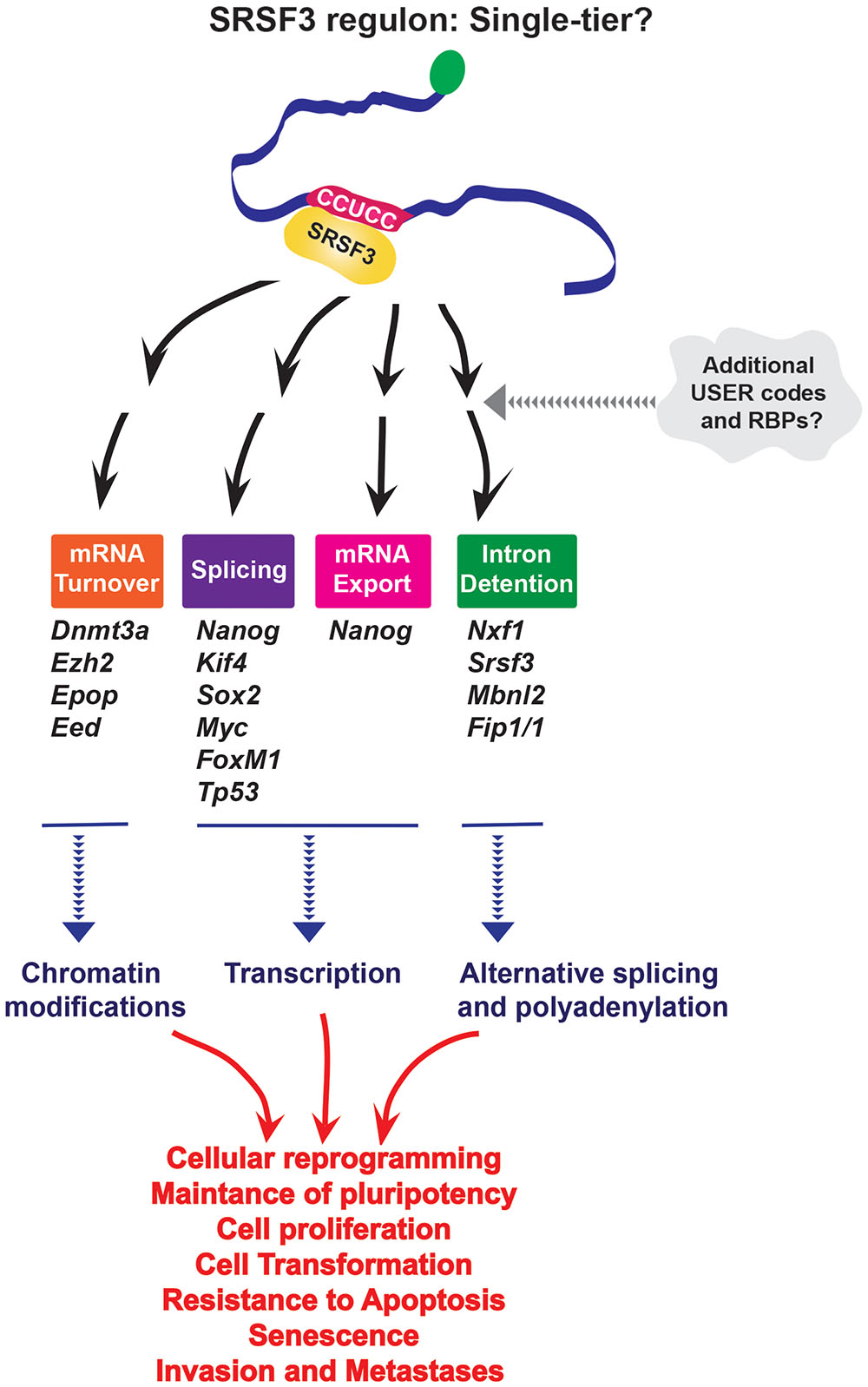
Spin at 4☌ at 22,000 g for 10 min and carefully collect the cleared supernatant (leave about 50 μL lysate with the pellet).Įach member of the laboratory should use their own set of buffers and reagents to easier identify potential sources of contamination. Add low RNase dilution (10 μL) and Turbo DNase (2 μL) to the cell lysate and incubate for exactly 3 min at 37☌, shaking at 1,100 rpm, then immediately transfer to ice.Ģ.3.
#Iclip experiments protocols rna ip plus#
Use Bioruptor plus for five cycles with alternating 30 sec on/30 sec off at low intensity.Ģ.2. Clean the probe by sonicating H 2O before and after sample treatment. Sonicate twice with 10 sec bursts at five decibels. The probe should not touch the tube sides to avoid foaming. Sonicate the sample on ice using a probe sonicator. Sonication shears the DNA, which releases proteins from the chromatin increasing recovery of protein–RNA complexes. Here you can try an optional sonication step. Resuspend cell pellet in lysis buffer with protease inhibitors (1 mL) and transfer to 1.5 mL microtubes. If an antibody is working in IP, this is a good indication that it will work in CLIP.Ģ.1. Wash beads 3x with lysis buffer (900 μL) and leave in the last wash until ready to proceed with the immunoprecipitation (step 3.1). A no-antibody sample is a good negative control.ġ.6.3. The amount of antibody required might need to be optimized. 100 μl magnetic beads per experiment) to a fresh microtube and wash beads 2x with lysis buffer.ġ.6.2 Resuspend beads in lysis buffer (100 μL), add antibody (2-10 μg) and rotate tubes at room temperature for 30–60 min. Avoid multiple cycles of freeze thaw.ġ.6.1 Add protein A or protein G beads (e.g. Snap-freeze cell pellets on dry ice and store at -80☌ until use. pellet cells (spin at top speed for 10 sec at 4☌), then remove supernatant.ġ.5. Harvest cells with a cell scraper and transfer cell suspension to microtubes (eg 2 mL to each of three microtubes).ġ.4. Irradiate once with 2 × 400 mJ/cm 2 in a Stratalinker 2400 with 365 nm bulbs, or an equivalent instrument.ġ.3.Aspirate the medium and add 6 mL of ice-cold PBS to cells growing in a 10 cm plate (enough for three immunoprecipitations).Incubate cells with 4-thiouridine for 60 min at 500 μM or 8 h at 100 mM.Alternatively, add 10 μL of 4-thiouridine (stock concentration: 100 mM) to get a final concentration of 100 μM 4SU. Add 50 μL of 4SU (stock concentration: 100 mM 4SU) to a 10 cm plate of cells cultured in 10 ml DMEM supplemented with FBS and pen strep to get a final concentration of 500 μM 4SU.Optional – Thiouridine labeling and UV-A crosslinking (alternative to step 1.2) (For this optional step follow the instructions below). 4-thiouridine enhances crosslinking of some proteins. Optional 4-thiouridine pre-incubation and UV-A crosslinking could be used for certain proteins.

Knockout cells or tissue, as well as non-cross-linked cells, are good negative controls, while knockdown cells are not recommended. One or more negative controls should be maintained throughout the complete experiment. Remove lid, place on ice and irradiate once with 150 mJ/cm 2 at 254 nm using a Stratalinker. Remove media and add ice-cold PBS to cells (eg use cells grown in a 10 cm plate for three experiments and add 6 ml PBS).ġ.2. UV cross linking of tissue culture cellsġ.1. Protease inhibitors (add fresh each time)ġ/500 RNase I dilutions for library preparation 1/50 RNase I dilutions to control for antibodyĤ μL 5x PNK pH 6.5 buffer Ĥ μL 4x ligation buffer Ġ.25 μL Superscript III reverse transcriptase “iCLIP: Protein–RNA interactions at nucleotide resolution.” “iCLIP -Transcriptome-wide Mapping of Protein-RNA Interactions with Individual Nucleotide Resolution.”įurther adapted from Huppertz et al. Here is a summary of the iCLIP protocol adapted from Konig et al. Unlike RIP, CLIP provides information about the actual protein binding site on the RNA.ĭifferent types of CLIP exist, high-throughput sequencing-CLIP (HITS-CLIP), photoactivatable-ribonucleoside enhanced CLIP (PAR-CLIP), and individual CLIP (iCLIP). This covalent bond is irreversible, allowing stringent purification conditions. Interest in RNA-protein interactions is booming as we begin to appreciate the role of RNA, not just in well-established processes such as transcription, splicing, and translation, but also in newer fields such as RNA interference and gene regulation by non-coding RNAs.ĬLIP is an antibody-based technique used to study RNA-protein interactions related to RNA immunoprecipitation (RIP) but differs from RIP in the use of UV radiation to cross-link RNA-binding proteins to the RNA that they are bound to.


 0 kommentar(er)
0 kommentar(er)
